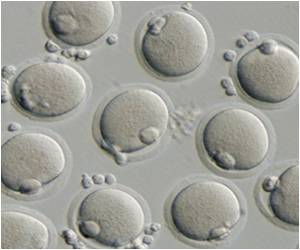What are the Symptoms of Anthrax?
Symptoms of anthrax vary depending on the type of anthrax.
Cutaneous Anthrax- It is the most common and naturally occurring type. It usually spreads as a result of handling contaminated animal products such as meat, wool or hides. The bacterium enters the body via a break (cut or abrasion) on the skin. About 5% to 20% of untreated cases can result in death, but death is rare if given antibiotic therapy.
Symptoms of cutaneous anthrax start 1-7 days after exposure. They include-
- An itchy sore, which is similar to an insect bite, develops on the skin. This sore may blister and form a black ulcer.
- The sore often surrounded by swelling and is usually painless.
- A scab forms and then dries and falls off within 2-weeks. Complete healing can take longer.
- The sore, blister and ulcer do not hurt.
Inhalation Anthrax- It can be transmitted by inhaling as few as 5000-6000 anthrax spores-perhaps in a single deep breath. Death rate exceeds 99%. Once severe symptoms develop, 45% to 80% of patients could die.
Symptoms of inhalation anthrax include-
- Fever
- Sore throat
- Malaise
- Headache
- Cough
- Shortness of breath
- Chest pain
- Shock may occur later
Gastrointestinal Anthrax- It is a very rare disease. It is acquired due to eating raw or uncooked contaminated meat. Death results in 25% to 60% of cases.
Symptoms of gastrointestinal anthrax usually occur within a week after exposure and include-
- Nausea
- Loss of appetite
- Vomiting (the vomit may contain blood)
- Bloody diarrhea
- Fever
- Abdominal pain
- Mouth sores










